If you are under attack – reach for tea!
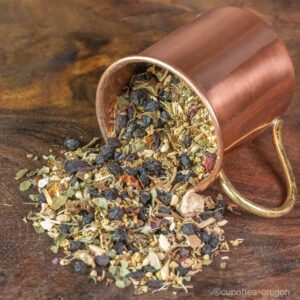 Our immune systems are amazing and astoundingly complex. Its job, simply put, is to fight off threats to our body. The biggest and most common of all threats is viruses, yet cures remain elusive. One of the most fascinating reasons is that they are incredibly diverse (we have only identified about 7000) which leaves a lot unknown and I mean a lot! In staggering numbers, it is thought that 10 nonillion viruses exist – that’s more than there are stars in the universe, with an estimated 380 trillion living on or inside your body right now! That’s 10 times the number of bacteria we also have to deal with daily!
Our immune systems are amazing and astoundingly complex. Its job, simply put, is to fight off threats to our body. The biggest and most common of all threats is viruses, yet cures remain elusive. One of the most fascinating reasons is that they are incredibly diverse (we have only identified about 7000) which leaves a lot unknown and I mean a lot! In staggering numbers, it is thought that 10 nonillion viruses exist – that’s more than there are stars in the universe, with an estimated 380 trillion living on or inside your body right now! That’s 10 times the number of bacteria we also have to deal with daily!
Most viruses and bacteria are harmless, many even beneficial, so the task of our immune system is to distinguish friend from foe and be ready for action, an immense role. Just imagine how exhausting that must be. So does it make sense to grab an immune boosting support tea? Reaching for a hot cuppa when your body needs comfort has been traditional in many cultures for centuries, but it goes far beyond that wonderful, warm fuzzy feeling.
Herbs have been used throughout the world for thousands of years and it makes perfect sense that amongst the abundance of plant life, there are many gifted to us which serve to support your body during times of invasion. Science is beginning to catch up to their many uses. You will often hear me say when blending herbal teas with a passionate purpose, that I come at the challenge from several different directions. And so it is with immune supportive tea blends, because there is an awful lot going on at a cell level during these difficult times. I like to carefully select a diverse range of beneficial herbs and am totally ‘function’ focused, with flavor not the primary driver just to gain the whims of market desires. Flavor remains an important yet very secondary goal. With no extra flavorings, even ‘natural’ (I will chat about that another time!) and no other side kick additives, my belief is to always blend wellness teas with the specific purpose forefront in my mind using purely organic leaves, berries, barks, roots and flowers. ELDERBERRY MIX is a perfect example of combining herbs into what is known as a complex blend, using 6 or more ingredients. I chose 8 to aid this important immune task.
Elderberries are tiny deep blackish-red berries that grow in gorgeous large clusters on bushy tall shrubs. For medicinal purposes we use the variety Sambucus nigra. Heavily backed by recent research, Elderberry has proven to be one of the planets top antiviral plants, reducing the length, symptoms and severity of colds, flu and other viruses by several days. So effective that back in 1995, when a massive flu epidemic ravaged Panama, the government turned to Elderberry to help stop the disease impact.
recent research, Elderberry has proven to be one of the planets top antiviral plants, reducing the length, symptoms and severity of colds, flu and other viruses by several days. So effective that back in 1995, when a massive flu epidemic ravaged Panama, the government turned to Elderberry to help stop the disease impact.
Evidence of its use goes back to even beyond Hippocrates, who touted the berry and flowers as his ‘medicine chest’ for varied ailments. Today, published studies and medical research have uncovered that Elderberry boosts your immune to help fight off the effects of virus overload. I also deliberately chose to also use Elderflowers in the blend. Surprisingly, the flowers are less known than the berries, yet these tiny cream flowers offer many benefits including more of a super potent component, myricetin, which is found in much higher levels in the flowers and is shown to balance plus protect the nerves as the body goes through stresses. As well as being diuretic, helping to clean the kidneys, they are believed to reduce fluids in the blood vessels and aiding lower blood pressure.
Echinacea is probably one of the better known immune balancing herbs, in part because this remarkable plant offers chemicals believed to aid in creating white blood cells, an important internal mechanism used within your immune system to fight infection. I then blend in rosehips, rich with high levels of antioxidants, Vitamin C, E & B, all considered great aids to immune support. Orange Peel is added more from the prospective of helping during a virus and aiding symptoms. The peel is believed to assist breaking down congestion and cleansing the lungs as well as support to fight off germs. Many think of Cinnamon as an additive for flavor, yet this incredible bark has powerful antifungal and antibacterial properties, more sources of immune bombardment. Also considered an anti-inflammatory, this can be an added benefit during illness. The warmth and comfort of Ginger offers us the properties of being antispasmodic, so the thinking behind adding this is two fold. Calming reactivity plus easing stomach upset during sickness, this helps feeling less queasy and unsettled. Ginger is also crammed full of over 60 trace minerals and 30 amino acids offering a wide range of benefits.
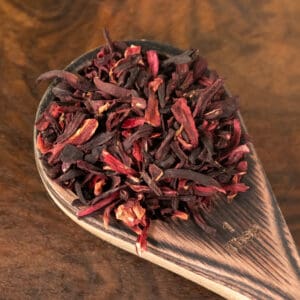 During the chaos of an invasion, there are always casualties and cell damage occurs. I chose to add Hibiscus to the mix because it is believed to help mitigate cell damage and boost overall immune wellness. With viral cures elusive to even the most prominent scientific researchers, it would be incredibly misleading to make over zealous claims about drinking herbal tea to prevent diseases. It is simply not true. Herbal teas present us with the option to consume supportive, comforting and healthy ingredients, just what the body deserves when trying to nurture the body’s defense system. If you see product cure claims, please, run the other way!
During the chaos of an invasion, there are always casualties and cell damage occurs. I chose to add Hibiscus to the mix because it is believed to help mitigate cell damage and boost overall immune wellness. With viral cures elusive to even the most prominent scientific researchers, it would be incredibly misleading to make over zealous claims about drinking herbal tea to prevent diseases. It is simply not true. Herbal teas present us with the option to consume supportive, comforting and healthy ingredients, just what the body deserves when trying to nurture the body’s defense system. If you see product cure claims, please, run the other way!
So when is it best to drink immune balancing tea? Well, viruses are especially smart, they can often sneak up and be busy causing damage even before your immune system recognizes an onslaught invasion and can kick itself into high defense mode. Viruses aren’t even alive as such, they are inert and miniscule pathogens which need to first attach and then attack into your cells to replicate. That makes us and others believe that immune tea is good at any time, nurturing your system in order to constantly gift it natures abundant comfort and healthy benefits.
All Mama-te-a teas are carefully hand blended and our final ingredient within all teas is a Mama Hug. Passionate, caring and positive vibes are infused into every drink, which I believe is such a vital ingredient in any wellness tea!
Cheers to good health,
Sally Keasler (owner of Mama-te-a)



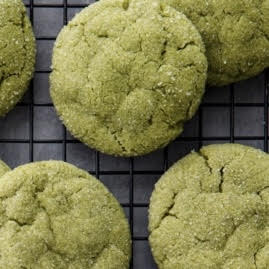




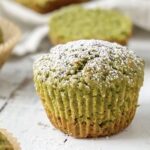


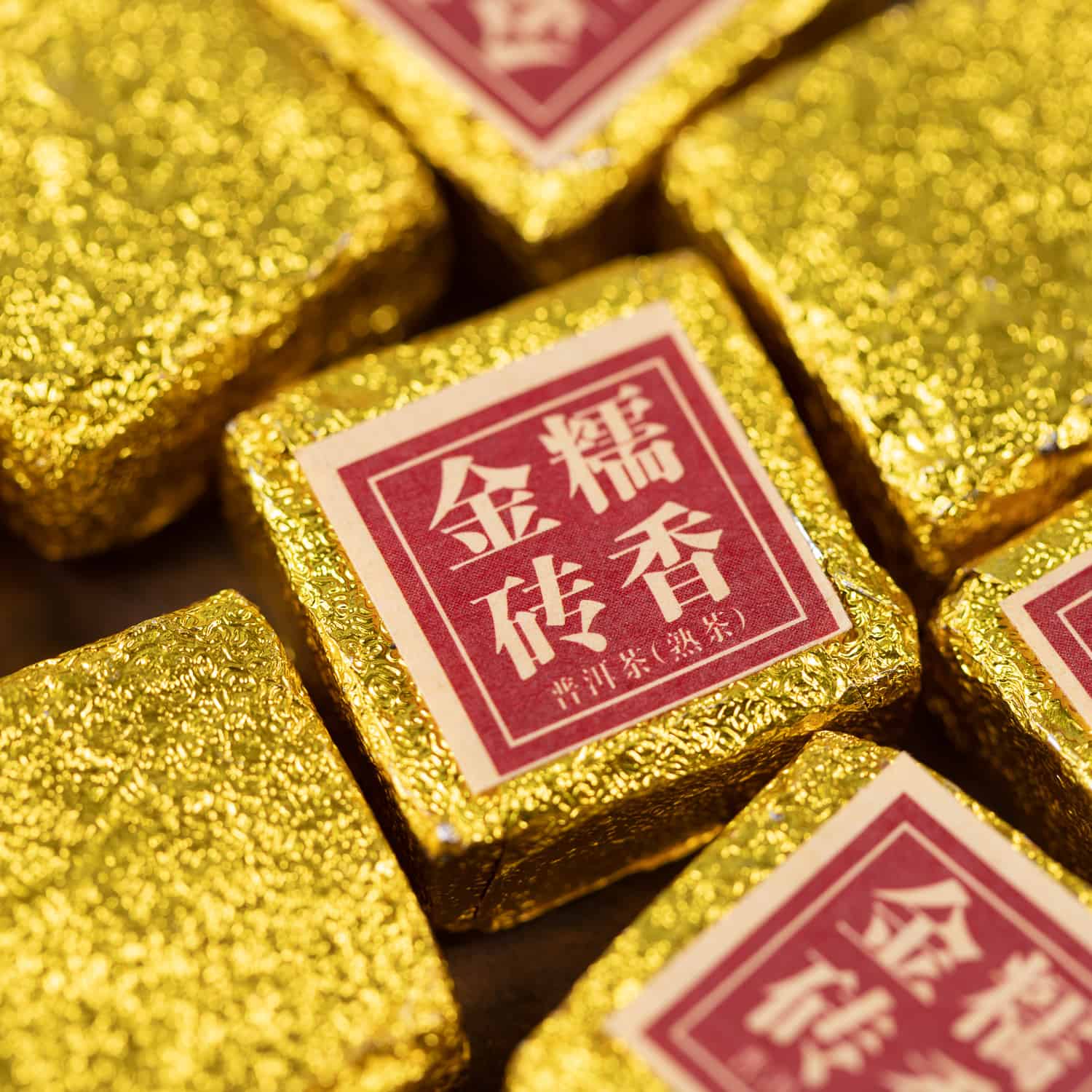
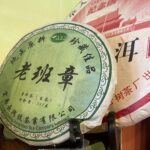 L
L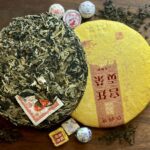

 Our immune systems are amazing and astoundingly complex. Its job, simply put, is to fight off threats to our body. The biggest and most common of all threats is viruses, yet cures remain elusive. One of the most fascinating reasons is that they are incredibly diverse (we have only identified about 7000) which leaves a lot unknown and I mean a lot! In staggering numbers, it is thought that 10 nonillion viruses exist – that’s more than there are stars in the universe, with an estimated 380 trillion living on or inside your body right now! That’s 10 times the number of bacteria we also have to deal with daily!
Our immune systems are amazing and astoundingly complex. Its job, simply put, is to fight off threats to our body. The biggest and most common of all threats is viruses, yet cures remain elusive. One of the most fascinating reasons is that they are incredibly diverse (we have only identified about 7000) which leaves a lot unknown and I mean a lot! In staggering numbers, it is thought that 10 nonillion viruses exist – that’s more than there are stars in the universe, with an estimated 380 trillion living on or inside your body right now! That’s 10 times the number of bacteria we also have to deal with daily! recent research, Elderberry has proven to be one of the planets top antiviral plants, reducing the length, symptoms and severity of colds, flu and other viruses by several days. So effective that back in 1995, when a massive flu epidemic ravaged Panama, the government turned to Elderberry to help stop the disease impact.
recent research, Elderberry has proven to be one of the planets top antiviral plants, reducing the length, symptoms and severity of colds, flu and other viruses by several days. So effective that back in 1995, when a massive flu epidemic ravaged Panama, the government turned to Elderberry to help stop the disease impact.  During the chaos of an invasion, there are always casualties and cell damage occurs. I chose to add
During the chaos of an invasion, there are always casualties and cell damage occurs. I chose to add 
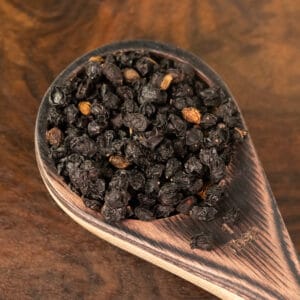 I am sure that most of you have heard that elderberries are top notch at beefing up your immune system. This mighty berry, known also as Sambucus or Elder, isn’t a new discovery. It has a very long and rich history in the medicinal world. The Elderberry is dark purple and comes from the European or black elder tree. You will find it growing in the warm parts of Europe, North American, Asia, and Northern Africa. This plant is grown either as a deciduous shrub or a small tree. At Cup of Tea we have one wellness tea and three herbal teas that have elderberries as one of the ingredients. Yep, we think Elderberries are awesome, so come along with us as we dive deep into the world of this berry!
I am sure that most of you have heard that elderberries are top notch at beefing up your immune system. This mighty berry, known also as Sambucus or Elder, isn’t a new discovery. It has a very long and rich history in the medicinal world. The Elderberry is dark purple and comes from the European or black elder tree. You will find it growing in the warm parts of Europe, North American, Asia, and Northern Africa. This plant is grown either as a deciduous shrub or a small tree. At Cup of Tea we have one wellness tea and three herbal teas that have elderberries as one of the ingredients. Yep, we think Elderberries are awesome, so come along with us as we dive deep into the world of this berry!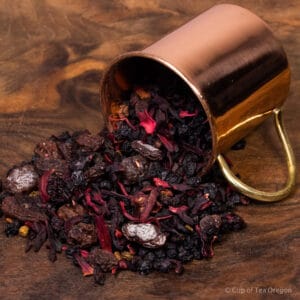 concoction perfect for building your immune system. I f you want to take a closer look at this tea, there is a
concoction perfect for building your immune system. I f you want to take a closer look at this tea, there is a 
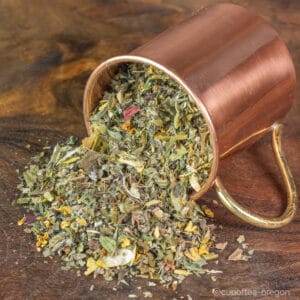 We want to encourage you to add a cup of tea to your nighttime routine. Don’t have a nighttime routine yet? Now is the perfect time to start! Developing a nighttime routine can be very effective in calming yourself in preparation for sleep, improving the quality of your sleep, as well as helping your mind stay centered throughout the following day. Our
We want to encourage you to add a cup of tea to your nighttime routine. Don’t have a nighttime routine yet? Now is the perfect time to start! Developing a nighttime routine can be very effective in calming yourself in preparation for sleep, improving the quality of your sleep, as well as helping your mind stay centered throughout the following day. Our 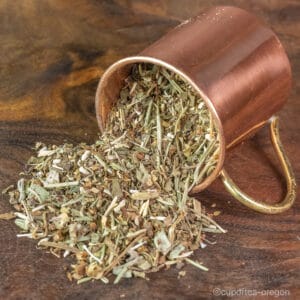
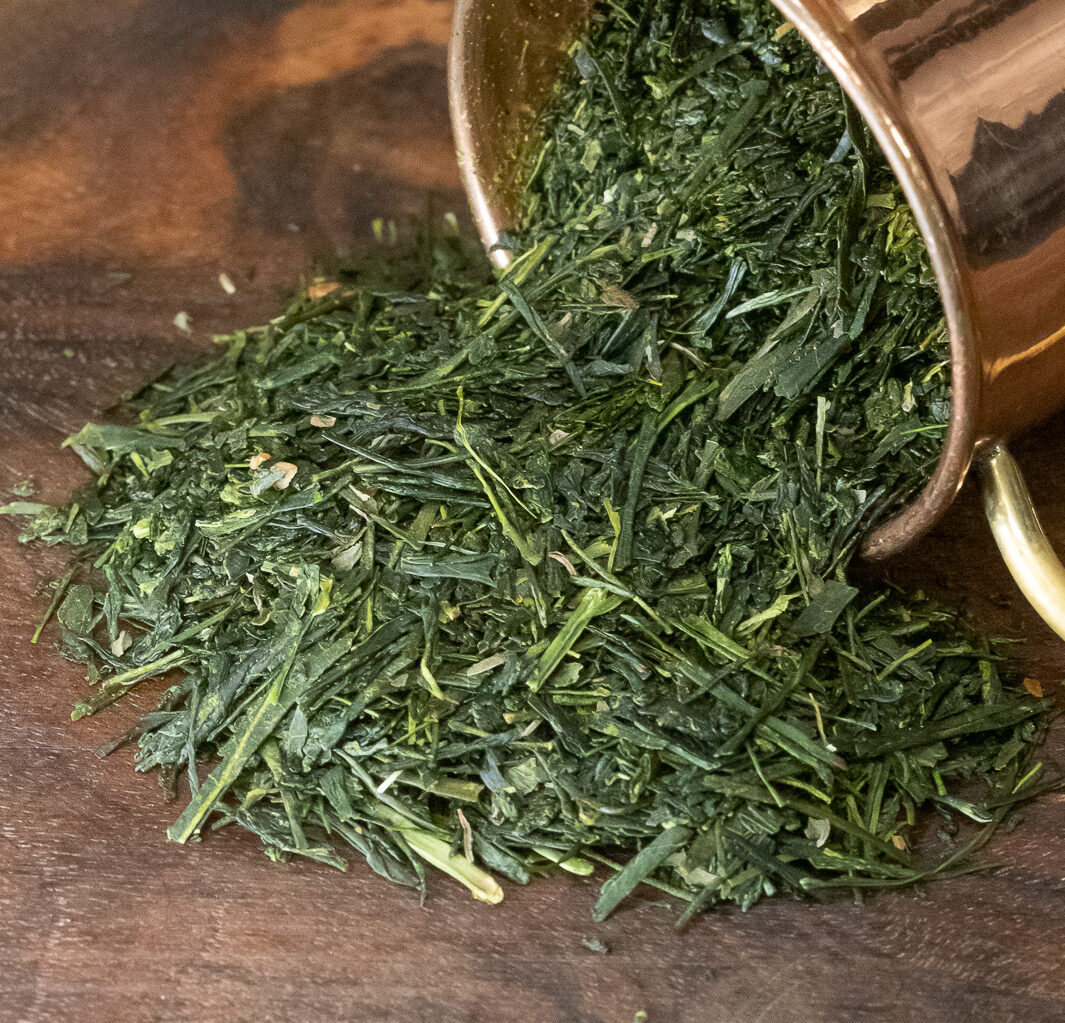

 the leaves left over from the processing and sorting of the teas to sell or the second flush of the season. In order to not waste any of the tea plant, the leftovers are roasted. The charcoal roasting process that Hojicha goes through replaces the grassy flavor present in teas like Sencha, with a comforting smoothness that is both refreshing and rich at the same time.
the leaves left over from the processing and sorting of the teas to sell or the second flush of the season. In order to not waste any of the tea plant, the leftovers are roasted. The charcoal roasting process that Hojicha goes through replaces the grassy flavor present in teas like Sencha, with a comforting smoothness that is both refreshing and rich at the same time.